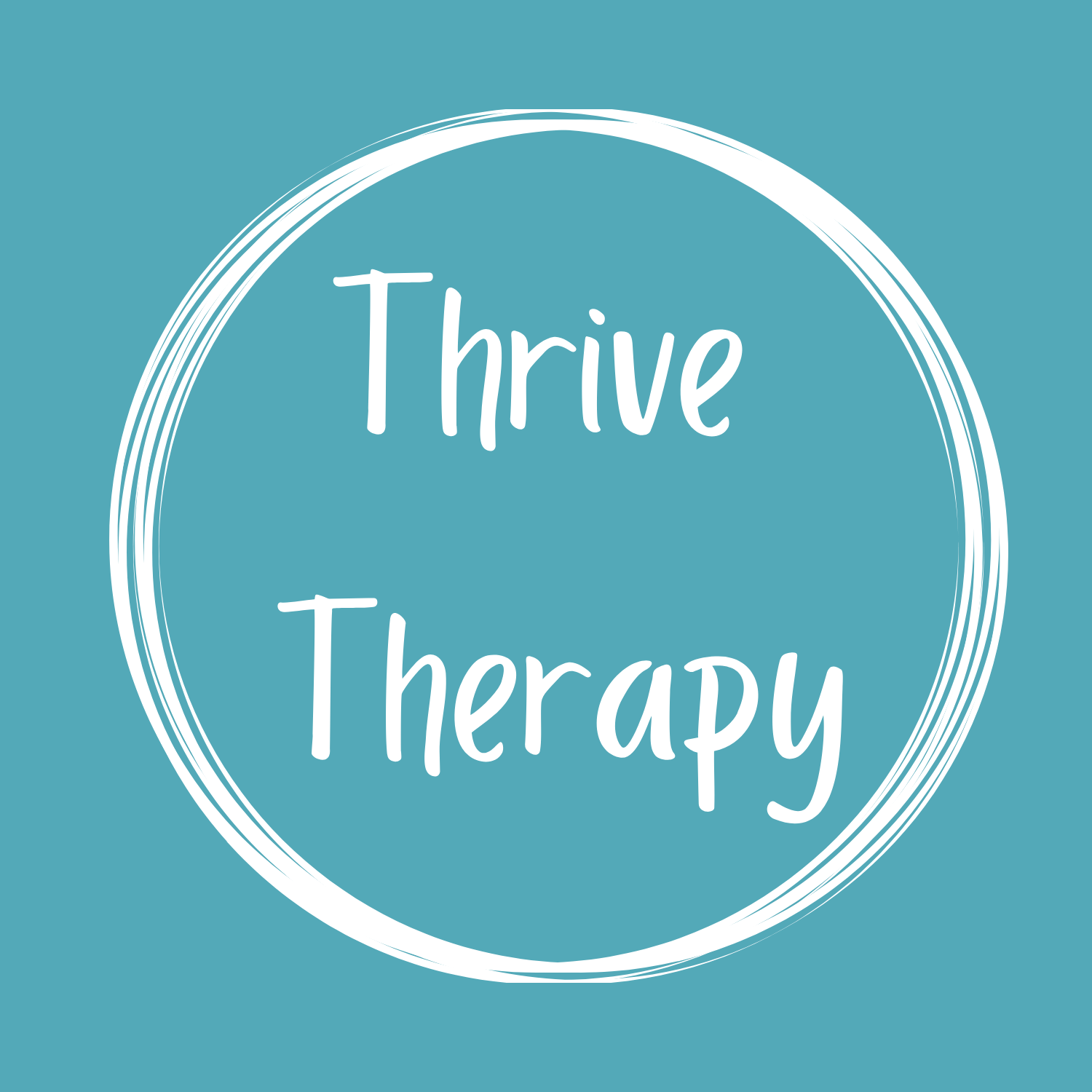Overcome Trauma to Reclaim Your Strength and Peace

Have you ever been through something that you struggle to move past? Did you lose someone close to you and struggle with it daily?
If this sounds familiar you may be dealing with trauma from past experiences. It can leave you feeling like you’re on edge all the time, constantly scanning for danger. You might experience flashbacks or nightmares that bring the trauma back to life. The emotional rollercoaster can be intense, with feelings of anger, sadness, fear, or numbness all swirling around.
What is Trauma?
Trauma is defined as a distressed or disturbing incident. 1 in 10 people are expected to experience Post-Traumatic Stress Disorder PTSD at some point in their lives, however most people won’t get support for it and try to work through it alone. These memories that stay in our brains do not know where to move to and will remain there until you get support. It may end up in your body in a variety of ways such as aches, stomach pains or headaches.
What is Post Traumatic Stress Disorder PTSD?
PTSD is a traumatic stress disorder that occurs after an event, it is a mental condition which is triggered after a traumatic event.
How can I recognise PTSD symptoms?
Treating PTSD involves a range of therapies designed to help individuals process and manage their trauma. Among these therapies, trauma-focused cognitive-behavioural therapy (TF-CBT) is one of the most effective.
What are the key treatments for PTSD?
Treating PTSD involves a range of therapies designed to help individuals process and manage their trauma. Among these therapies, trauma-focused cognitive-behavioural therapy (TF-CBT) is one of the most effective.
Cognitive restructuring – helping patients identify and challenge distorted thoughts related to the trauma.
Exposure therapy – gradual exposure to trauma-related memories and stimuli to reduce the power of the traumatic memories.
Stress inoculation training – teaching coping skills to manage stress and anxiety related to trauma reminders.
Psychoeducation – providing information about PTSD and its effects to help patients understand their symptoms.
What is Eye Movement Desensitisation and Reprocessing (EMDR) therapy?
EMDR is a structured therapy that encourages the patient to briefly focus on the trauma memory while simultaneously experiencing bilateral stimulation (usually eye movements), which is associated with a reduction in the vividness and emotion associated with the trauma memories.
Dialectical Behavior Therapy (DBT)
Originally developed for borderline personality disorder, DBT can be adapted for PTSD to help patients develop emotional regulation skills, mindfulness, and distress tolerance.
PTSD treatment is multi-faceted and should be personalised. Therapies like TF-CBT, EMDR, and prolonged exposure therapy have robust evidence supporting their effectiveness, and they can be complemented with medications and supportive therapies to address the complex nature of trauma.


